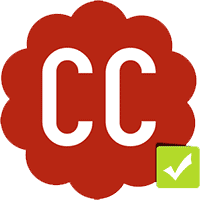What trends to follow in 2015 while posting content on social media
We are all on one or another social media or social networking platform, right? You must be spending considerable time sifting through updates on Facebook, Twitter and LinkedIn and if…
